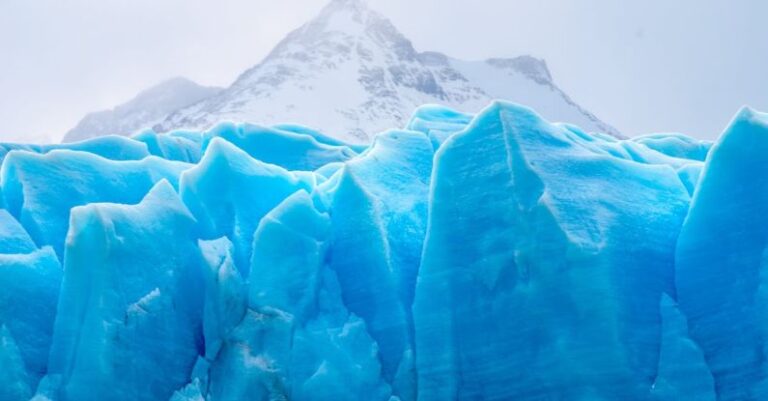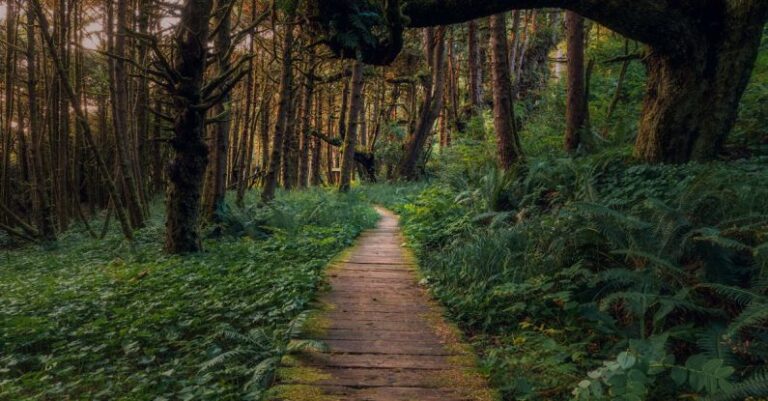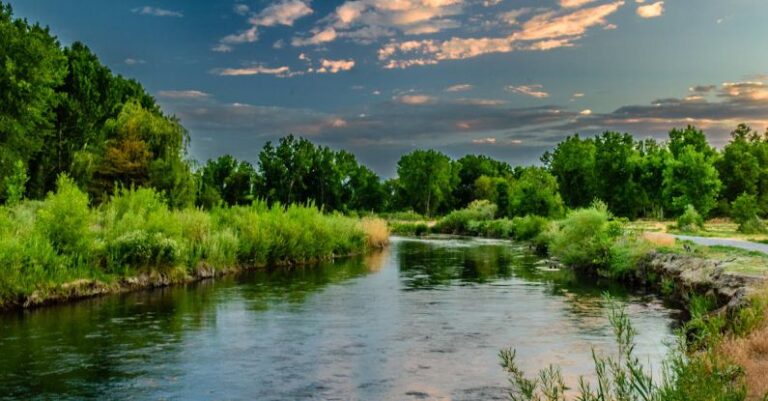
Tsunamis are one of the most devastating natural disasters that can strike coastal regions with little to no warning, causing widespread destruction and loss of life. These massive ocean waves are triggered by a variety of geological events, each with its own unique set of causes. Understanding the factors that lead to the formation of tsunamis is crucial in developing effective early warning systems and disaster preparedness strategies. In this article, we will explore the primary causes of tsunamis and the mechanisms behind their destructive power.
Plate Tectonics and Earthquakes
The majority of tsunamis are generated by undersea earthquakes, particularly those occurring along subduction zones where tectonic plates collide. When these plates suddenly shift or rupture, they can displace large volumes of water, setting off a series of powerful waves that propagate across the ocean at high speeds. The vertical movement of the seafloor during an earthquake is what ultimately generates the tsunami wave, as the displaced water seeks to regain equilibrium, resulting in the formation of a massive wave that travels outward in all directions.
Volcanic Eruptions
Another less common but significant cause of tsunamis is volcanic activity, particularly underwater volcanic eruptions. When a volcano erupts on the ocean floor, it can displace large amounts of water and trigger a tsunami. The explosive release of gas, steam, and molten rock creates a sudden disturbance in the water column, leading to the formation of powerful waves that can propagate across vast distances. The 1883 eruption of Krakatoa in Indonesia is a notable example of how a volcanic explosion can generate a devastating tsunami.
Landslides and Submarine Mass Movements
In addition to earthquakes and volcanic eruptions, underwater landslides and submarine mass movements can also generate tsunamis. When a large mass of sediment or rock slides into the ocean, it displaces water and creates a series of waves that can propagate outward at high speeds. These tsunamis are often localized but can still pose a significant threat to coastal communities near the source of the landslide. The 1958 Lituya Bay landslide in Alaska, which triggered a mega-tsunami with waves exceeding 500 meters in height, is a striking example of the destructive power of submarine landslides.
Meteorite Impacts
Although extremely rare, meteorite impacts have the potential to trigger tsunamis on a global scale. When a large meteorite strikes the ocean, it can generate a massive shockwave that displaces water and creates a tsunami. The impact energy and resulting explosion can send waves radiating outward in all directions, causing widespread destruction along coastlines worldwide. The Chicxulub impact in Mexico, which is believed to have contributed to the mass extinction of the dinosaurs, likely generated tsunamis that affected coastal regions across the globe.
Conclusion: A Call for Preparedness
Tsunamis are natural disasters that can strike with little warning, leaving coastal communities vulnerable to devastation and loss. By understanding the various causes of tsunamis, from undersea earthquakes to volcanic eruptions and submarine landslides, we can better prepare for and mitigate the impacts of these catastrophic events. Early warning systems, evacuation plans, and community preparedness efforts are essential in reducing the loss of life and property damage associated with tsunamis. As we continue to study and monitor the Earth’s dynamic processes, it is crucial that we remain vigilant and proactive in our efforts to protect coastal populations from the destructive power of tsunamis.





